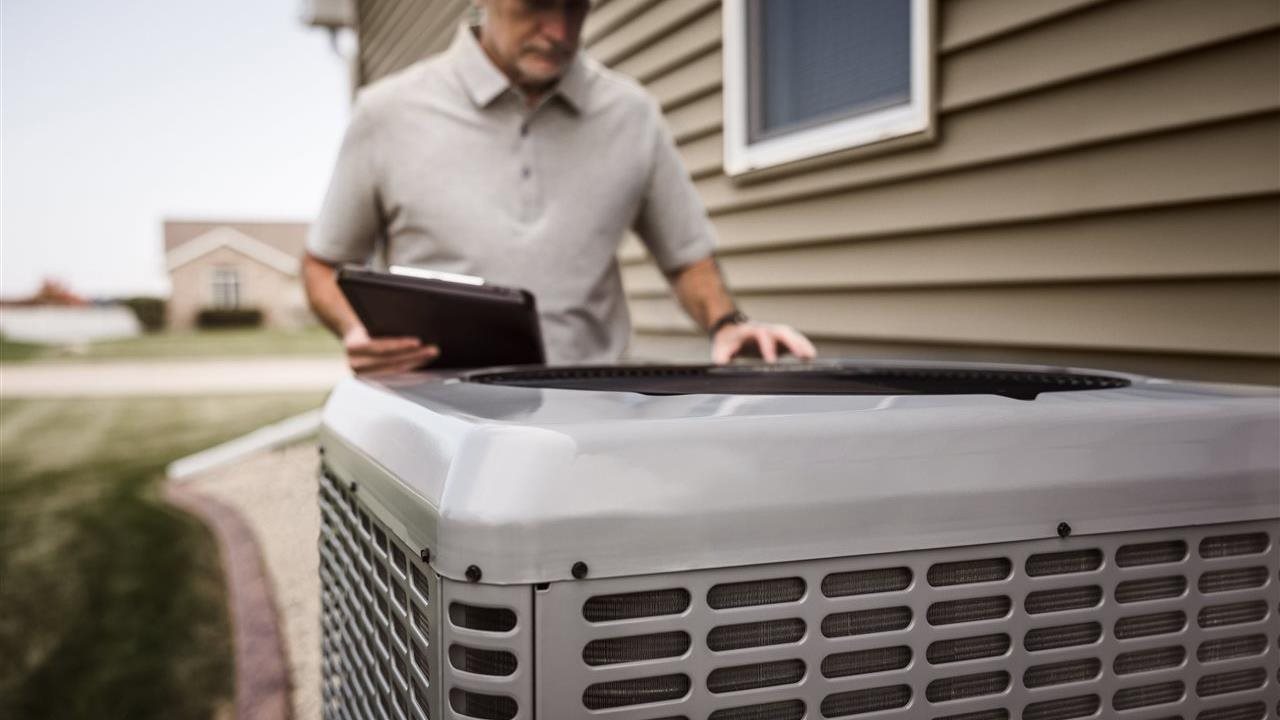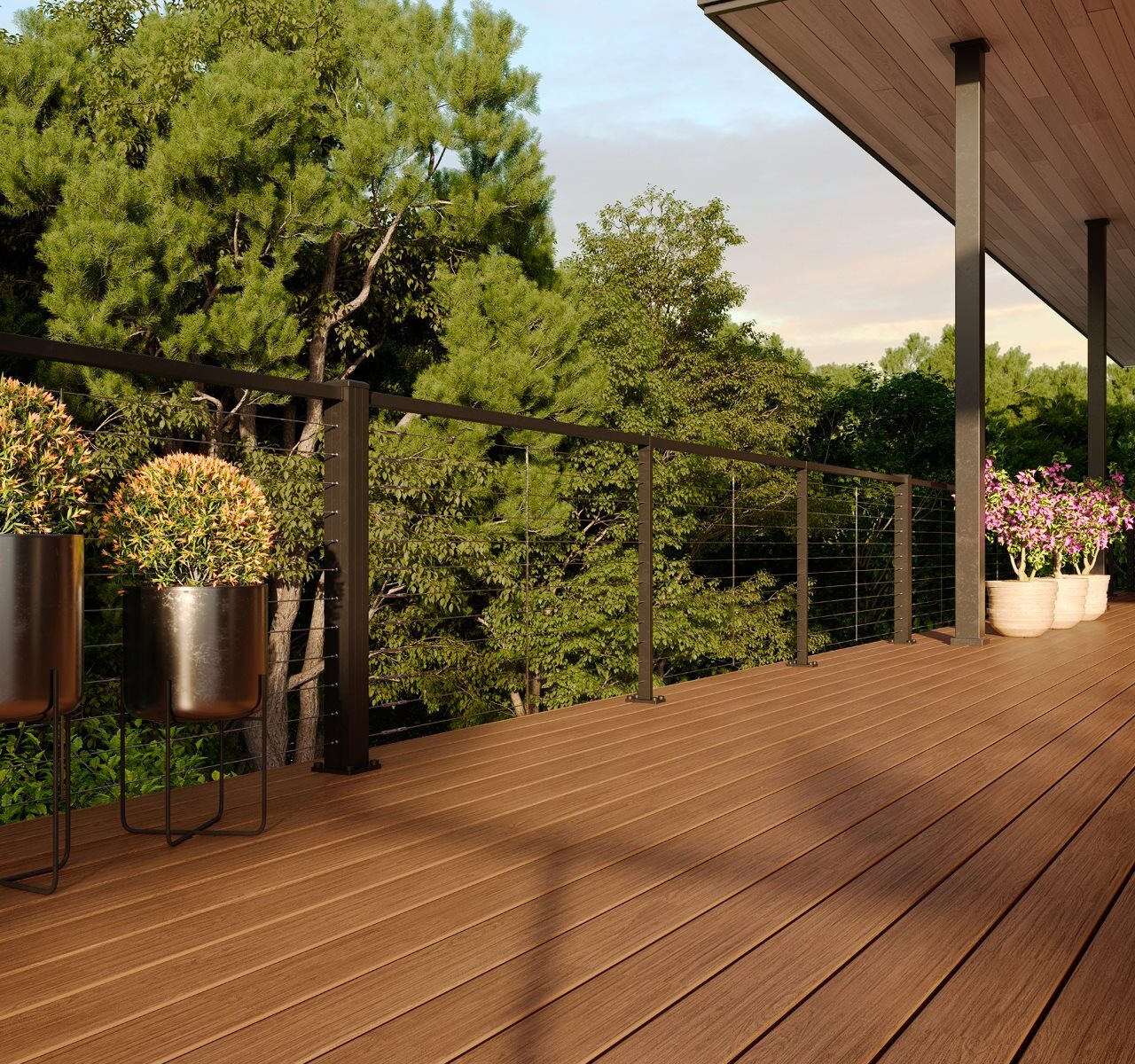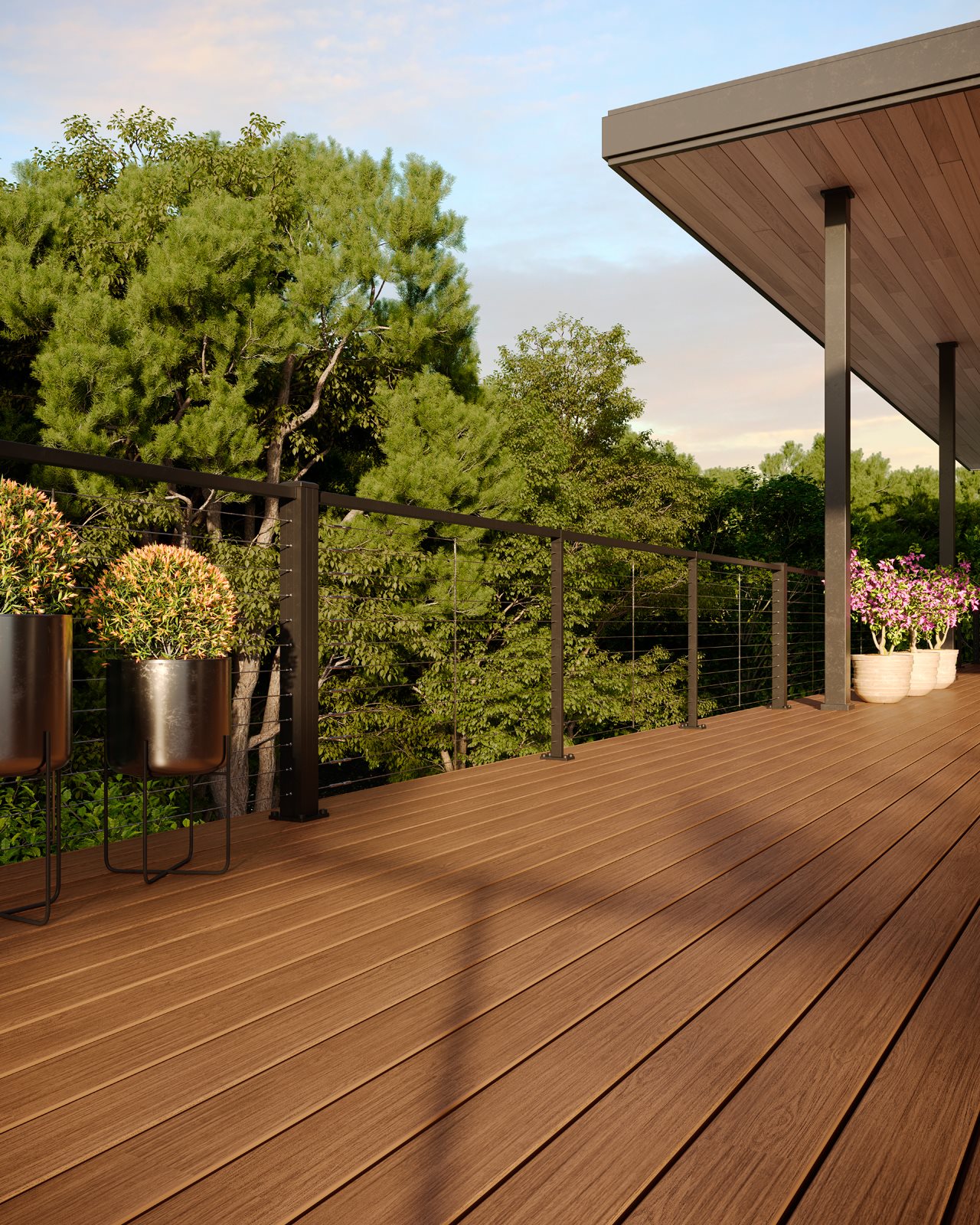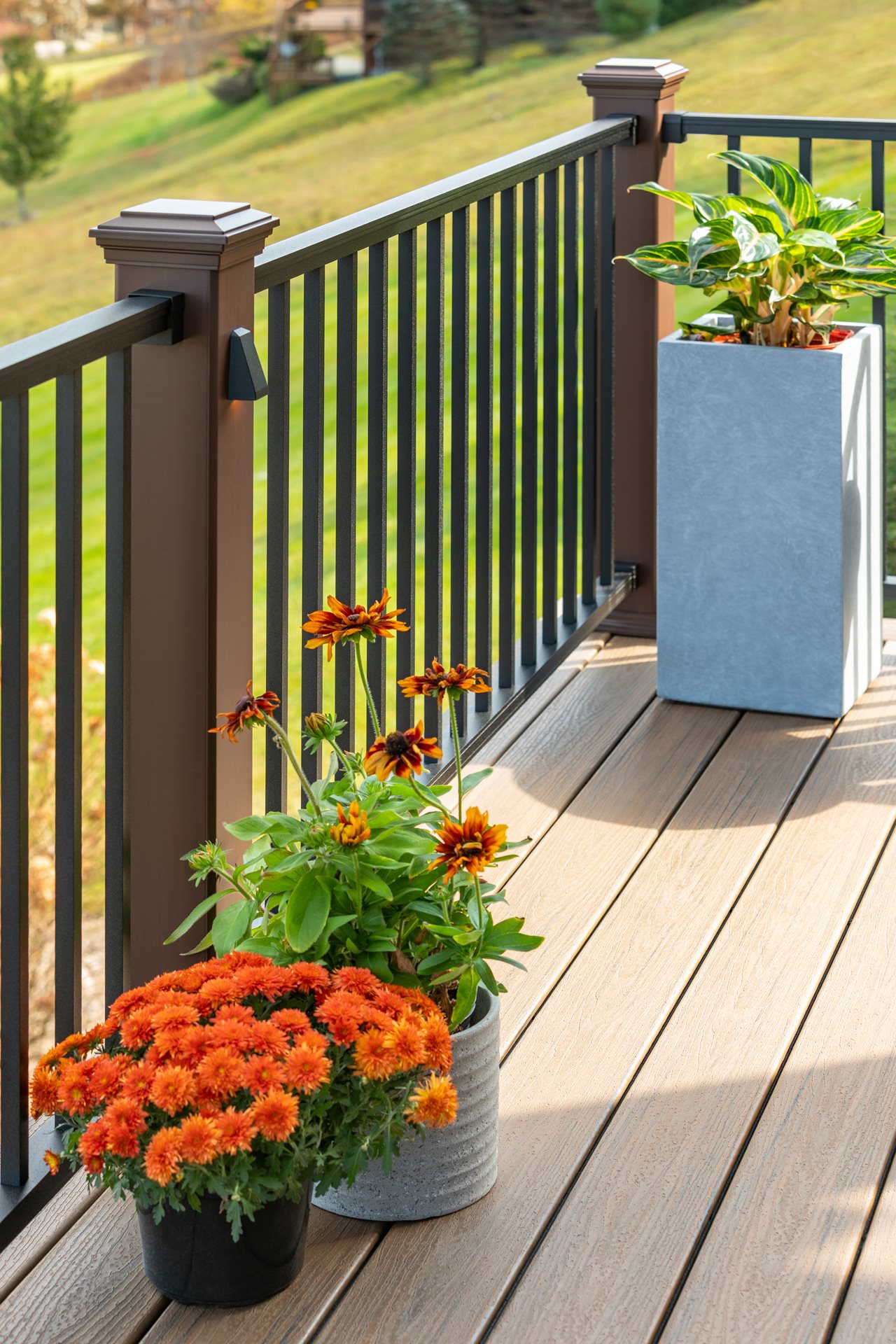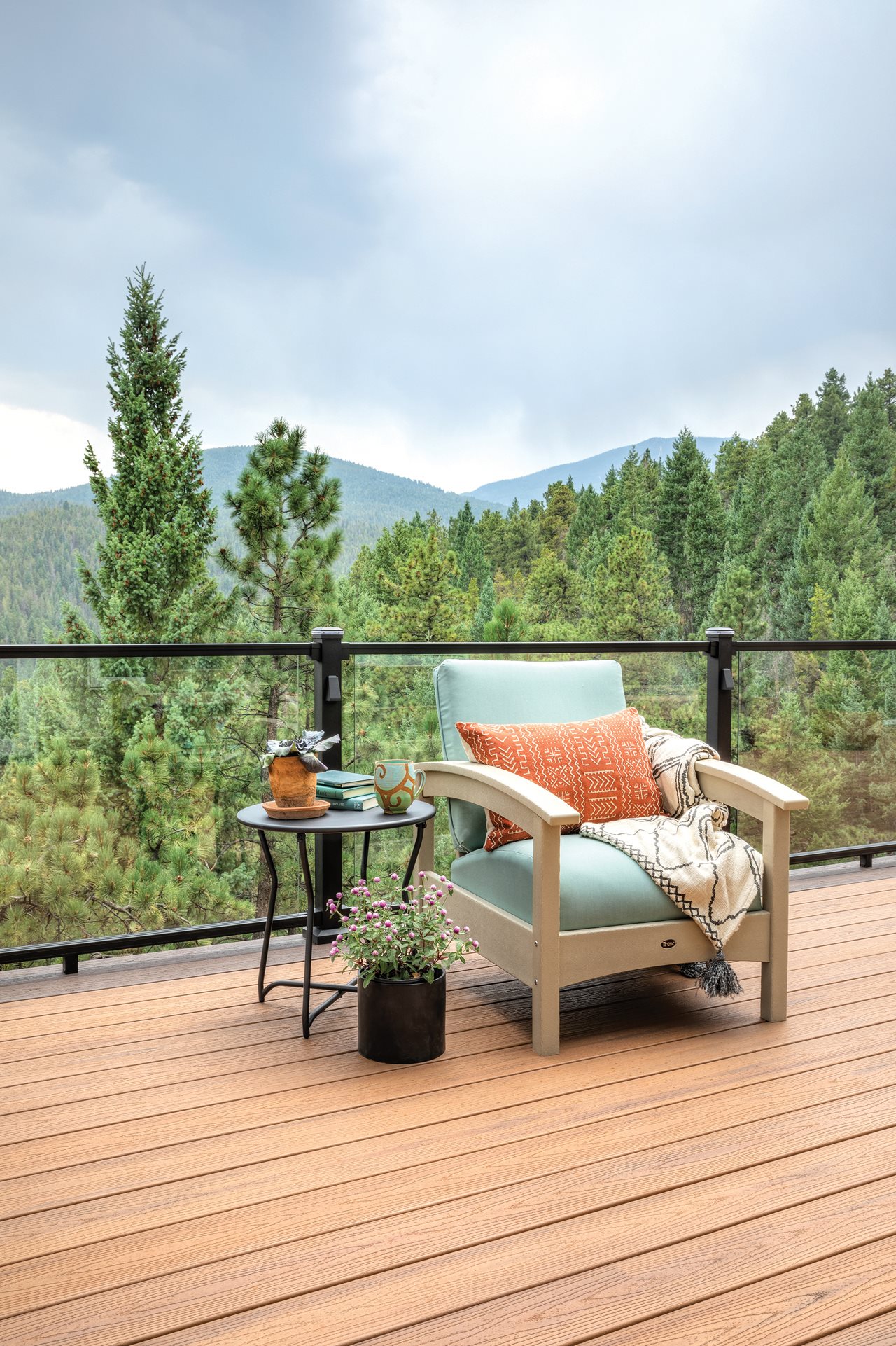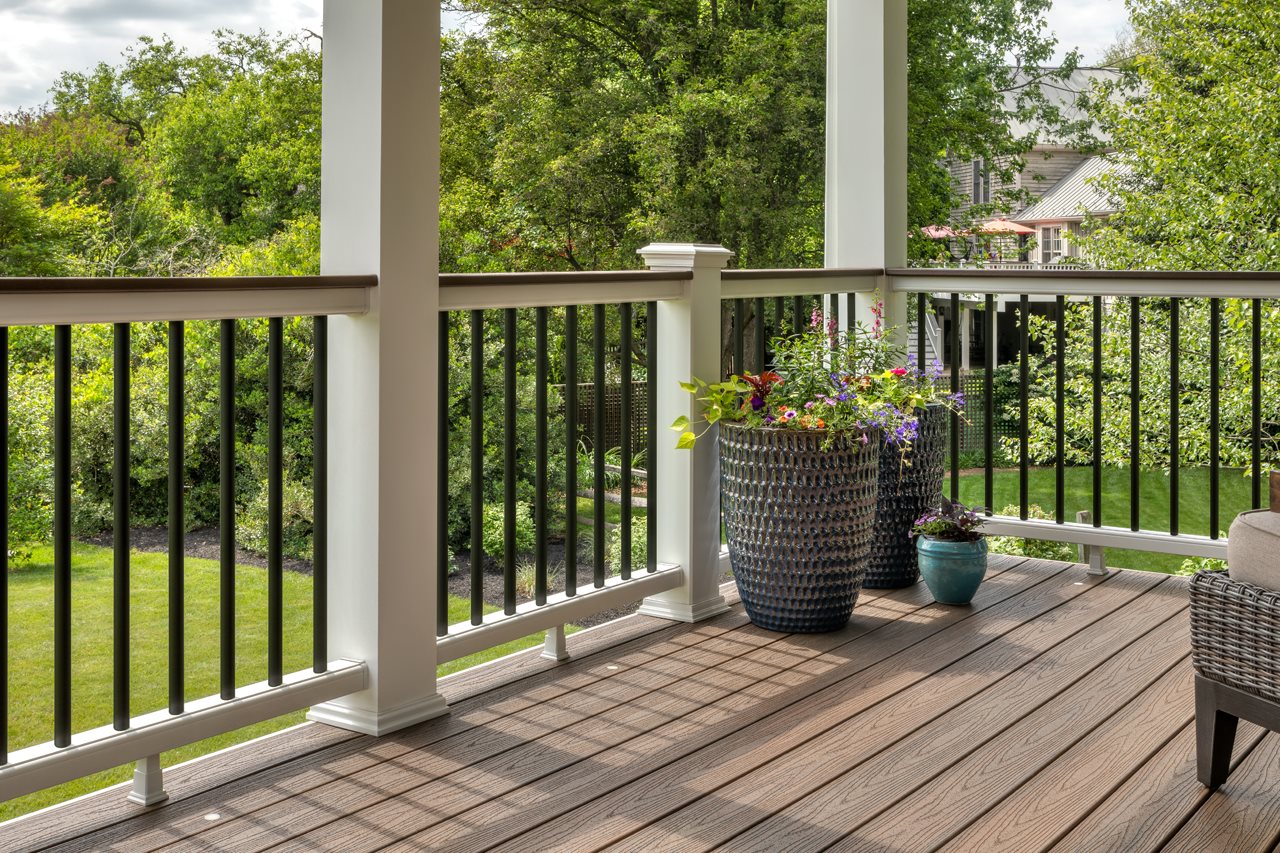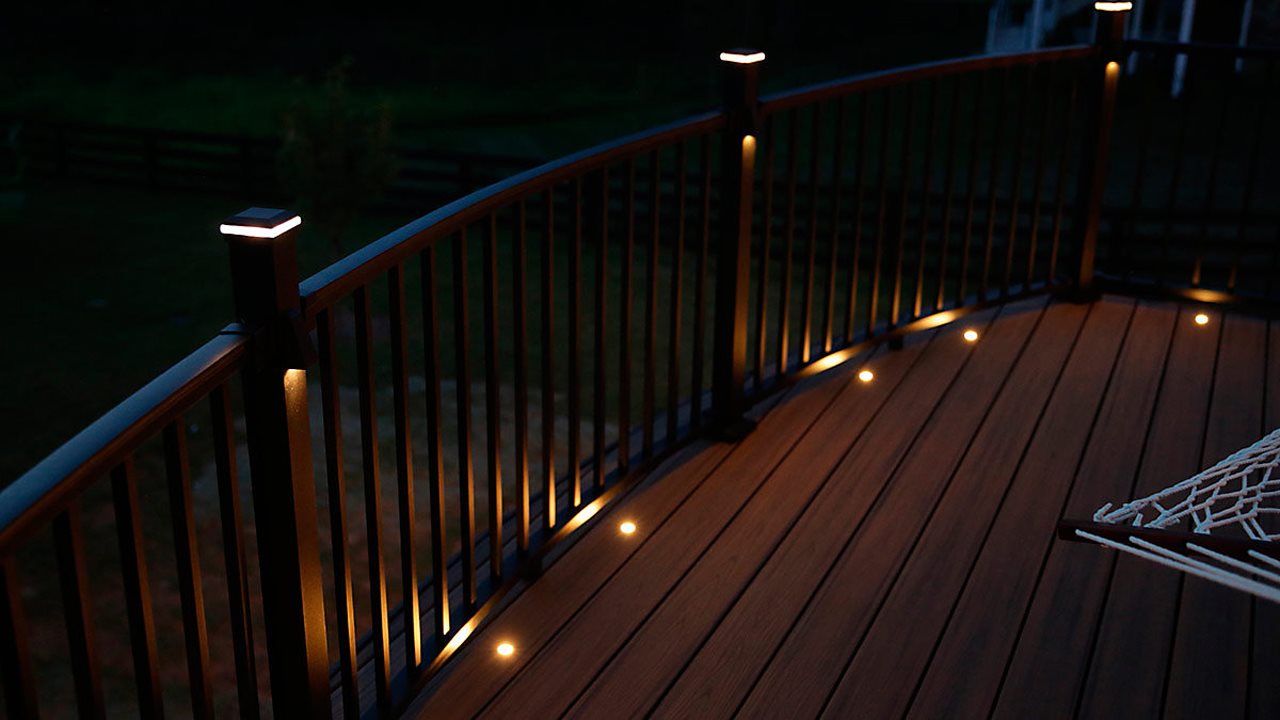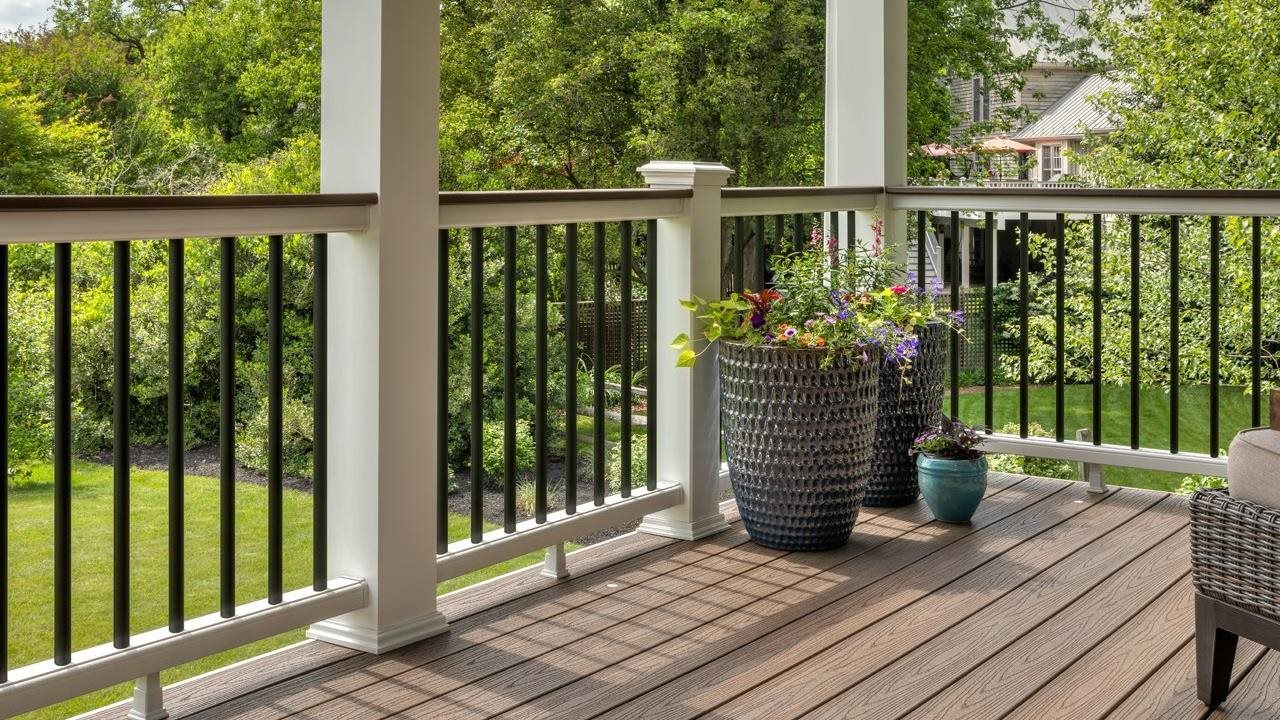2024-09-09T14:01:00
(BPT) – Heating and cooling often make up the bulk of utility bills — and the right HVAC system can make a world of difference in both energy bills and home comfort. Recently, heat pumps have become a trending topic in the news for their ability to address both of these needs by providing sustainable home comfort while simultaneously lowering utility bills. But can they really do both?
To answer that question, it’s important to first understand how a heat pump works. When the thermostat temperature is raised and heat is needed, the system pulls heat energy from the ambient air outside the home to heat the home. When air conditioning is desired, it does the opposite, removing heat from inside the home and expelling it to make the home cooler.
Because heat energy is moved around rather than being produced directly, heat pumps can provide more sustainable — and more efficient fuel source alternatives. In addition, recent advancements have made heat pumps far more efficient and more reliable than ever before — even in colder climates. As a result, both federal and local agencies are offering money-saving incentives to help more homeowners switch to heat pumps making it an ideal time to invest in a new heat pump.
But even with these benefits, there are still a lot of myths about how heat pumps work. We’re debunking some of the top heat pump misconceptions.
Myth 1: Heat pumps won’t work in cold climates
Fact: Today’s heat pumps can provide efficient heating in colder climates than ever before
In the past, some older heat pumps could struggle to heat a space efficiently when outdoor temperatures were especially cold. However, today’s heat pumps are engineered to function as the primary heating source in almost all geographic regions, even when temperatures drop below freezing.
The key to providing sufficient heat capacity in especially cold climates is the compressor — the part of a heat pump that moves heat through the system. In the past, heat pumps typically relied on single-speed compressors that functioned like an on/off switch, making it harder for the system to cope with extreme swings in temperature. Today’s more advanced heat pumps leverage variable-speed compressor technology to make incremental adjustments that keep pace with changing temperature more efficiently and more accurately. In addition, many heat pumps rated for cold-climate use now feature vapor injection technology, which further boosts cold-weather heating performance.
Myth 2: Heat pumps don’t really save money
Fact: 90% of homeowners can reduce their utility bills with a heat pump
The Environmental Protection Agency (EPA) estimates that almost all homeowners can expect to see cost savings by switching to an energy-efficient electric heat pump. Today’s heat pump offerings are wide-ranging and can meet the unique needs of almost any home, comfort level, or budget. Innovations in energy efficiency mean less electricity is used to cut costs in most homes. For example, the newly launched YORK® HH8 Side-Discharge Heat Pump can precisely match a home’s changing comfort needs while reducing homeowners’ energy bills by up to 50% compared to less efficient HVAC systems.
Myth 3: Heat pumps are noisy
Fact: Many heat pumps are as quiet as a dishwasher
No one wants to hear excessive noise coming from their HVAC system. Premium heat pumps combine insulated cabinets and low-sound fan designs to deliver whisper-quiet performance when operating in both heating and AC modes.
Myth 4: Temperatures will be inconsistent
Fact: Heat pumps seamlessly move between heating and cooling for consistent comfort
We all want to feel comfortable in our homes. Variable-speed heat pumps automatically move between heating and cooling modes throughout operation to maintain precise temperature and humidity levels. These seamless adjustments provide unmatched home comfort while helping to maximize energy efficiency, especially when compared to single-phase heat pumps that simply turn on and off and provide inconsistent inside temperatures.
Myth 5: Heat pumps require a lot of space
Fact: New compact designs are 30% smaller than traditional equipment
Innovative, new heat pump designs like the YORK® HH8 Side-Discharge Heat Pump offer top-tier efficiency and variable-speed performance in a compact size. The side-discharge design allows the heat pump to be stacked, placed under raised decks, or installed in zero-lot-line neighborhoods.
Myth 6: Installing a new heat pump is expensive
Fact: A wide range of rebates and incentives are available now
A historic number of savings programs are available to help offset the cost of installing a high-efficiency home heat pump. Through a combination of immediate discounts, tax rebates, and utility and manufacturers’ offers, some qualifying homeowners can offset 100% of the cost of installing a heat pump. Additionally, some manufacturers offer simplified financing options with fixed monthly payments to make the investment more manageable.
Learn more about today’s heat pump innovations and cost-saving programs from YORK®: https://www.york.com/residential-equipment/heating-and-cooling/split-system-heat-pumps.
